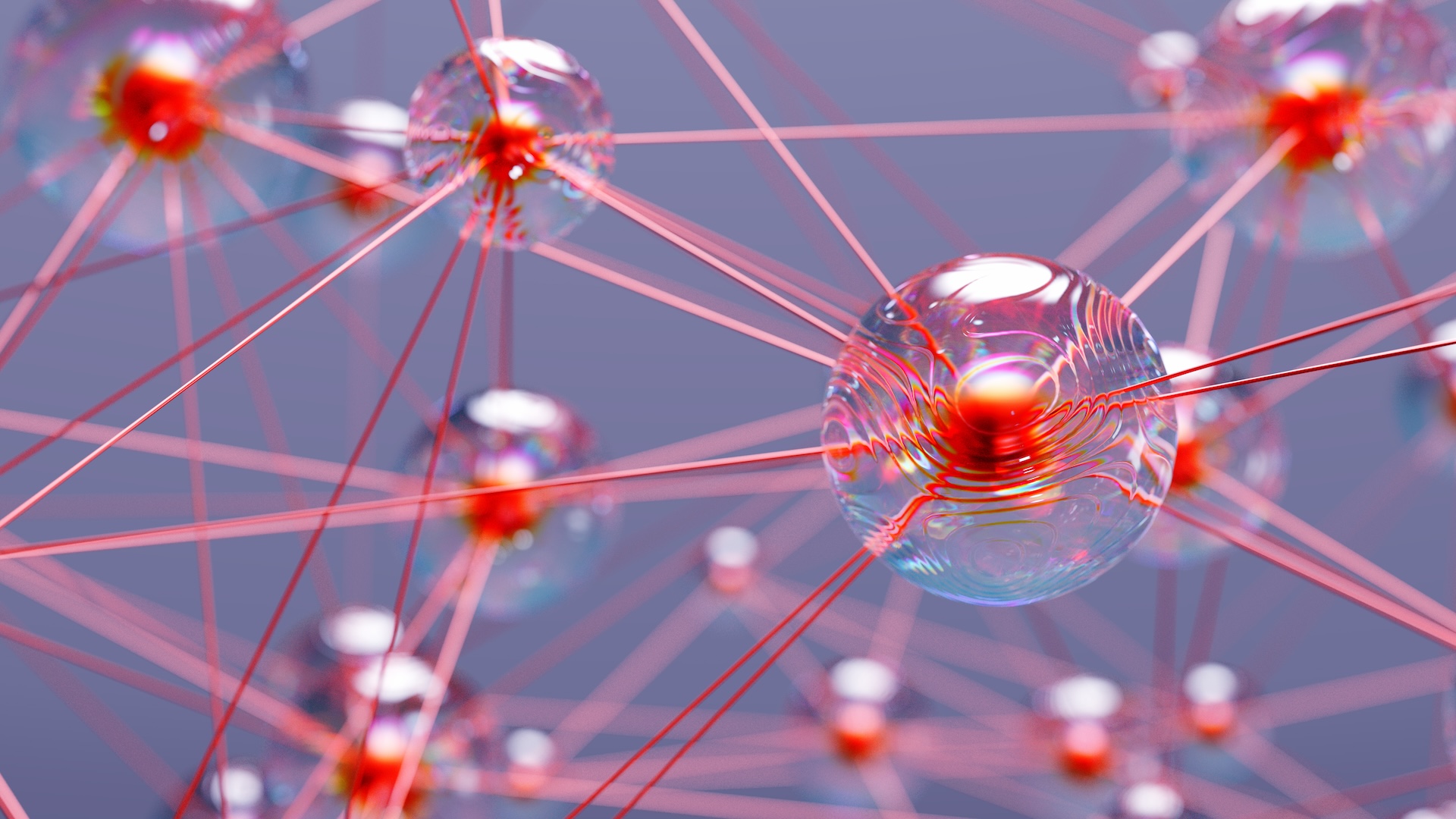Bioengineering, Vol. 10, Pages 661: Osteochondral Regeneration Ability of Uncultured Bone Marrow Mononuclear Cells and Platelet-Rich Fibrin Scaffold
Bioengineering doi: 10.3390/bioengineering10060661
Authors: Tung Nguyen-Thanh Bao-Song Nguyen-Tran Sara Cruciani Thuy-Duong Nguyen-Thi Thuan Dang-Cong Margherita Maioli
Objectives: Platelet-rich fibrin (PRF) and bone marrow mononuclear cells are potential scaffolds and cell sources for osteochondral regeneration. The main aim of this paper is to examine the effects of PRF scaffolds and autologous uncultured bone marrow mononuclear cells on osteochondral regeneration in rabbit knees. Materials and Methods: Three different types of PRF scaffolds were generated from peripheral blood (Ch-PRF and L-PRF) and bone marrow combined with uncultured bone marrow mononuclear cells (BMM-PRF). The histological characteristics of these scaffolds were assessed via hematoxylin–eosin staining, PicroSirius red staining, and immunohistochemical staining. Osteochondral defects with a diameter of 3 mm and depth of 3 mm were created on the trochlear groove of the rabbit’s femur. Different PRF scaffolds were then applied to treat the defects. A group of rabbits with induced osteochondral defects that were not treated with any scaffold was used as a control. Osteochondral tissue regeneration was assessed after 2, 4, and 6 weeks by macroscopy (using the Internal Cartilage Repair Society score, X-ray) and microscopy (hematoxylin—eosin stain, safranin O stain, toluidine stain, and Wakitani histological scale, immunohistochemistry), in addition to gene expression analysis of osteochondral markers. Results: Ch-PRF had a heterogeneous fibrin network structure and cellular population; L-PRF and BMM-PRF had a homogeneous structure with a uniform distribution of the fibrin network. Ch-PRF and L-PRF contained a population of CD45-positive leukocytes embedded in the fibrin network, while mononuclear cells in the BMM-PRF scaffold were positive for the pluripotent stem cell-specific antibody Oct-4. In comparison to the untreated group, the rabbits that were given the autologous graft displayed significantly improved healing of the articular cartilage tissue and of the subchondral bone. Regeneration was gradually observed after 2, 4, and 6 weeks of PRF scaffold treatment, which was particularly evident in the BMM-PRF group. Conclusions: The combination of biomaterials with autologous platelet-rich fibrin and uncultured bone marrow mononuclear cells promoted osteochondral regeneration in a rabbit model more than platelet-rich fibrin material alone. Our results indicate that autologous platelet-rich fibrin scaffolds combined with uncultured bone marrow mononuclear cells applied in healing osteochondral lesions may represent a suitable treatment in addition to stem cell and biomaterial therapy.

 1 year ago
32
1 year ago
32

